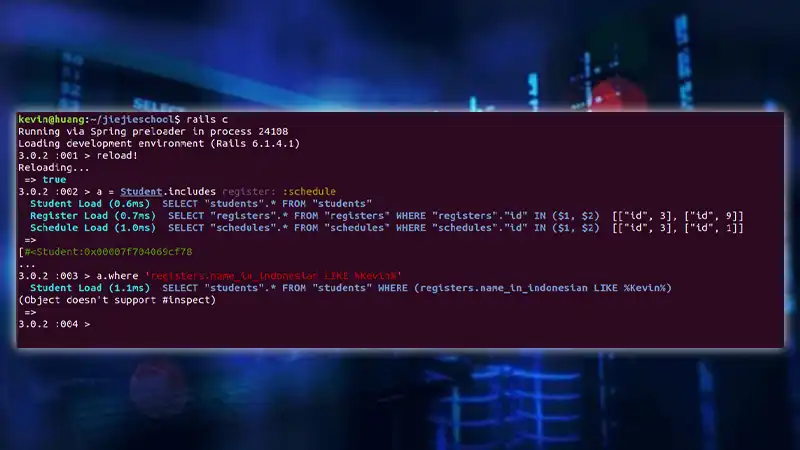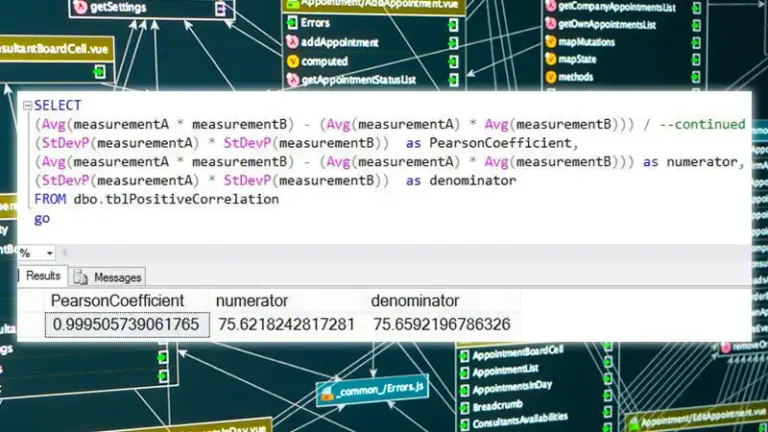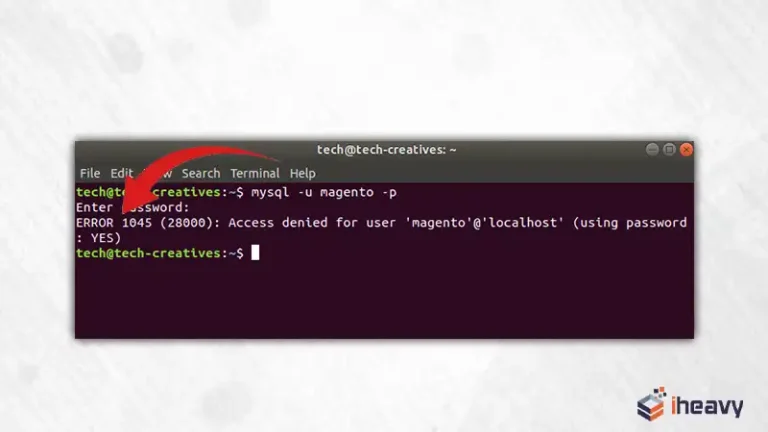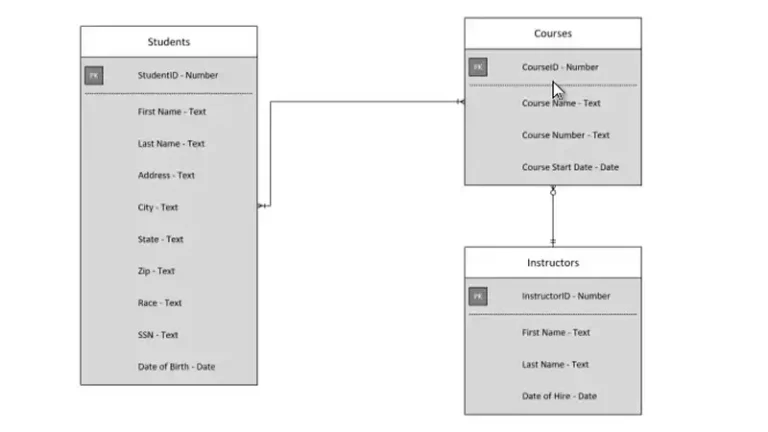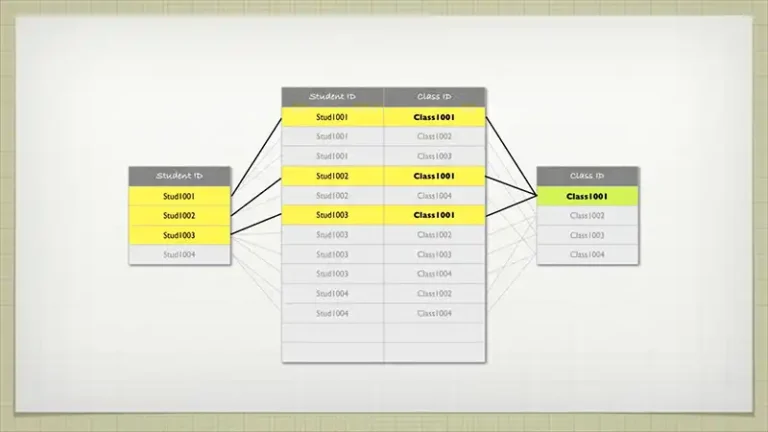Navigating the “Missing FROM-Clause Entry for Table” Error
Getting errors while working with databases is not uncommon, and one such error that PostgreSQL users may encounter is the “missing FROM-clause entry for table” error. This one typically arises when there’s an incorrect table-column association, especially in scenarios involving complex queries or joins.
In the following sections, we will explore common scenarios leading to this error and provide practical solutions to address them effectively. So, without further ado, let’s dive in.
What Is “Missing FROM Clause Entry for Table” in SQL?
Encountering the “ERROR: missing FROM-clause entry for table” message in PostgreSQL, particularly when employing operators like UNION, INTERSECT, or EXCEPT, often arises from mistakenly qualifying a column name with its table name.
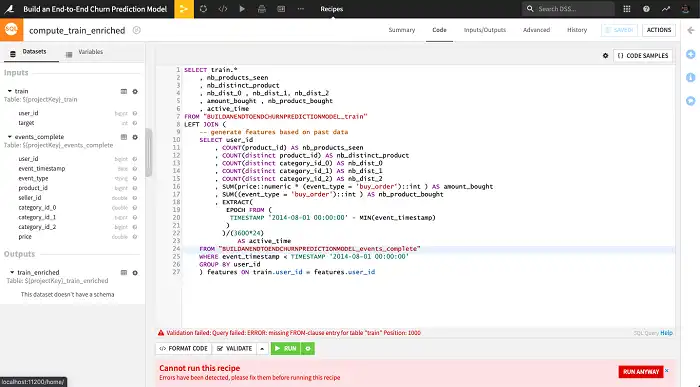
Missing FROM Clause Entry for Table: Examples
Below are a couple of examples to illustrate what might cause the “missing from-clause entry for table” error.
Example 1: Unqualified Column Name
Consider this instance of code:
(SELECT product_name FROM Products)
UNION
(SELECT category_name FROM Categories)
ORDER BY Products.product_name ASC;Resulting in:
ERROR: missing FROM-clause entry for table “Products”
LINE 4: ORDER BY Products.product_name ASC;
Here, an attempt to order the results by the product_name column was made, but the qualification of the column with the table name (using Products.product_name) led to this error.
Referencing tables in this manner is ineffective when ordering the results of UNION, EXCEPT, or INTERSECT operations.
Solution 1: Remove the table name from the ORDER BY clause
(SELECT product_name FROM Products)
UNION
(SELECT category_name FROM Categories)
ORDER BY product_name ASC;Solution 2: Utilize an alias for the column
(SELECT product_name AS p_name FROM Products)
UNION
(SELECT category_name FROM Categories)
ORDER BY p_name ASC;By assigning an alias to the column and referencing that alias in the ORDER BY clause, this approach resolves the issue effectively.
Example 2: Missing Table Reference in JOIN Condition
Let’s examine this SQL query:
SELECT
CustomerID, CustomerName, PaymentPercentage, RepresentativeID, CustomerCategory, HardCodedValue, BlockedCustomer, CreditPeriod, CreditLimit,
BillingLimit, ModeOfPayment, PersonalNotes, gtab82.memberNumber
FROM
CustomerTable
INNER JOIN
CustomerTable AS c1 ON gtab82.memberID = c1.customerID
WHERE (AccountGroupCode = '204' OR CreditDebt = 'True')
AND DataMasked = 'false'
ORDER BY CustomerName;Resulting in:
ERROR: missing FROM-clause entry for table “gtab82”
Here, the attempt to reference the table “gtab82” in the JOIN condition led to the error.
Solution
To rectify this error, we need to ensure that the table “gtab82” is properly included in the query:
SELECT
CustomerID, CustomerName, PaymentPercentage, RepresentativeID, CustomerCategory, HardCodedValue, BlockedCustomer, CreditPeriod, CreditLimit,
BillingLimit, ModeOfPayment, PersonalNotes, gtab82.memberNumber
FROM
CustomerTable AS c1
INNER JOIN
gtab82 ON gtab82.memberID = c1.CustomerID
WHERE (AccountGroupCode = '204' OR CreditDebt = 'True')
AND DataMasked = 'false'
ORDER BY CustomerName;In this corrected query, the table “gtab82” is included in the FROM clause, and the JOIN condition is appropriately referencing it. Ensure consistency in alias usage to avoid such errors, especially when dealing with joined tables.
Frequently Asked Questions
How many tables can you have in PostgreSQL?
PostgreSQL doesn’t impose a strict limit on the number of tables that can be created. However, it’s essential to consider that each table corresponds to a file within the operating system’s filesystem. Therefore, while PostgreSQL itself doesn’t set a cap, the operating system may have its own constraints.
How many columns should a Postgres table have?
Tables in PostgreSQL do have a limit on the number of columns they can contain, which typically ranges from 250 to 1600 depending on the types of columns involved.
Conclusion
Understanding and addressing errors such as the “missing FROM-clause entry for table” in PostgreSQL is essential for maintaining efficient database operations. We hope you found this article helpful in navigating through the error. Thank you for reading, and feel free to reach out with any questions or feedback you may have!
